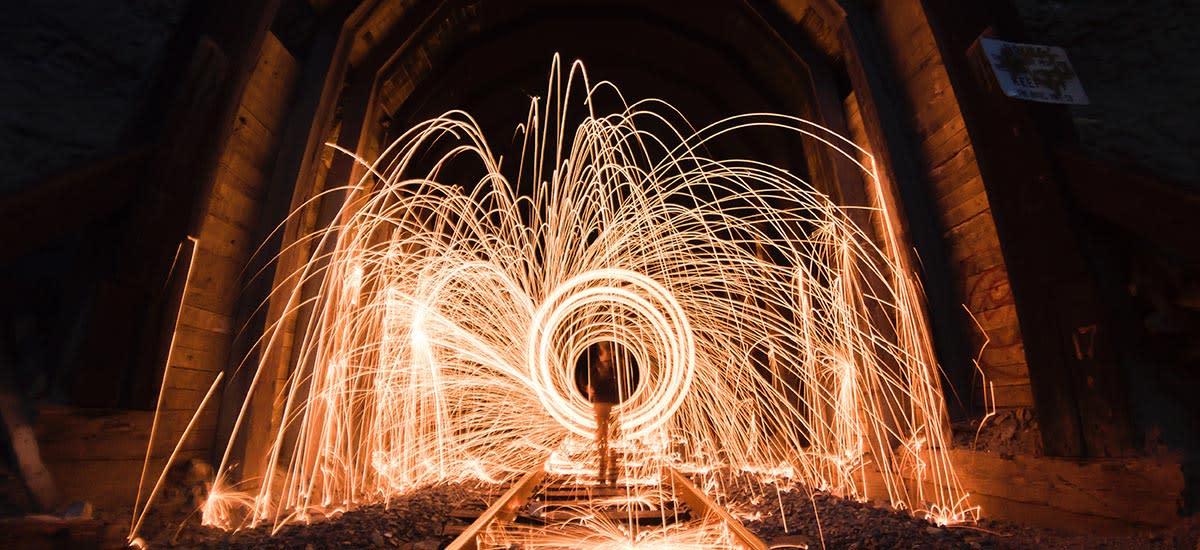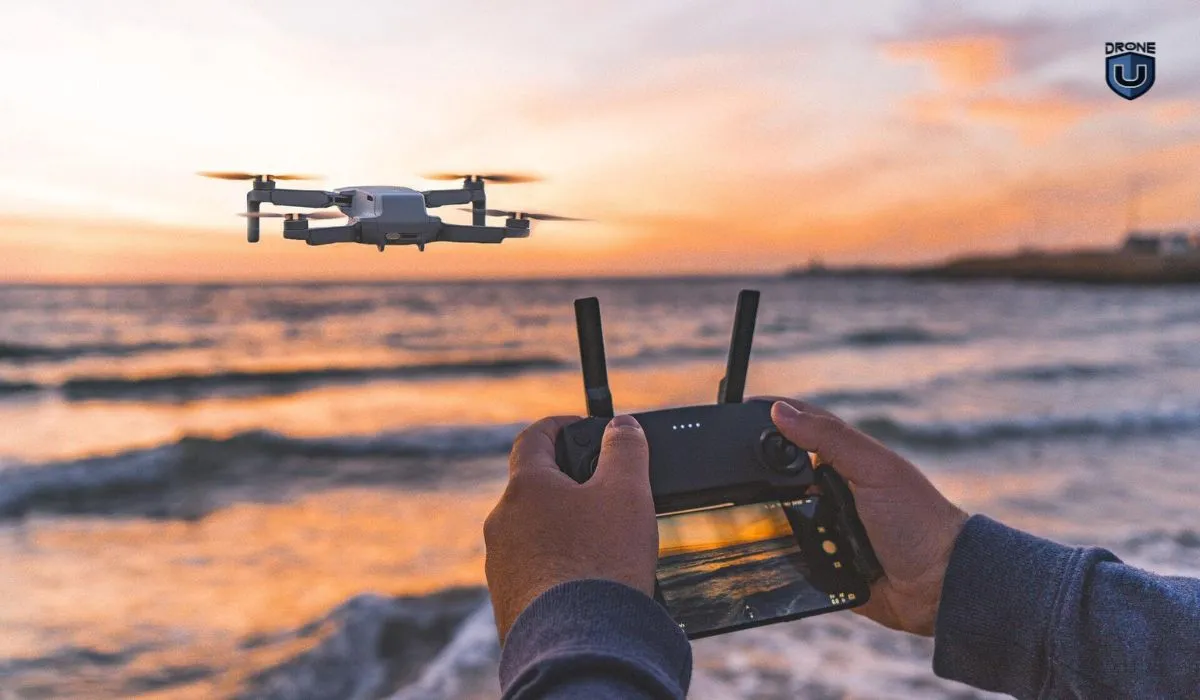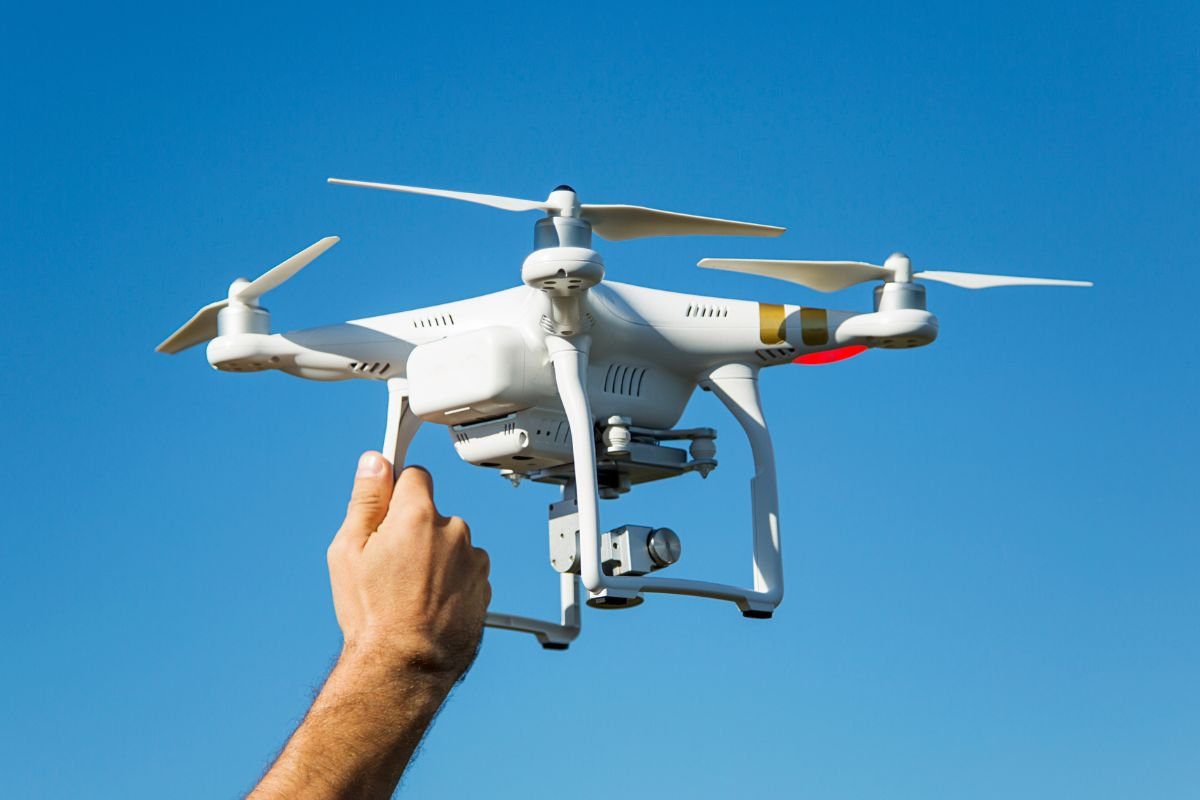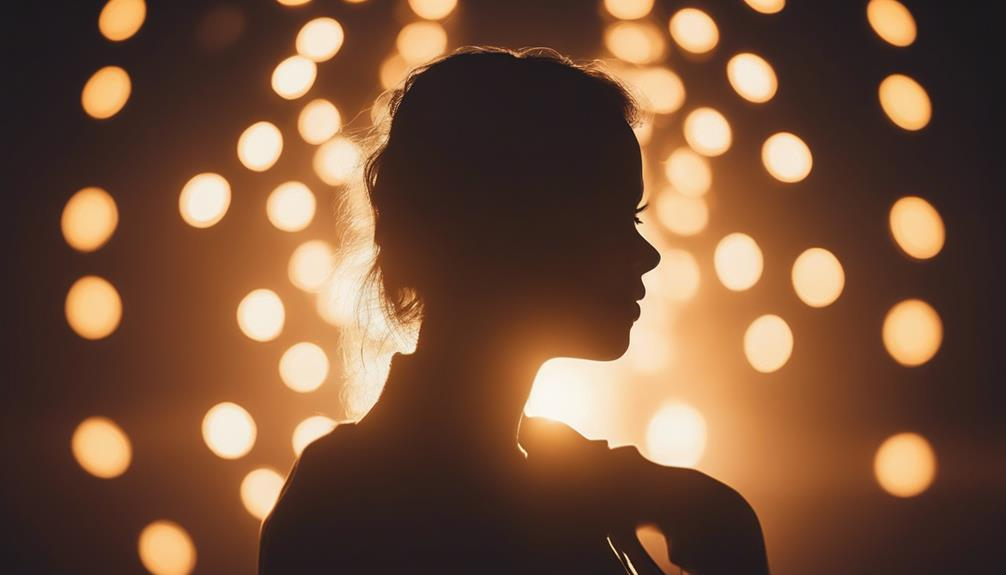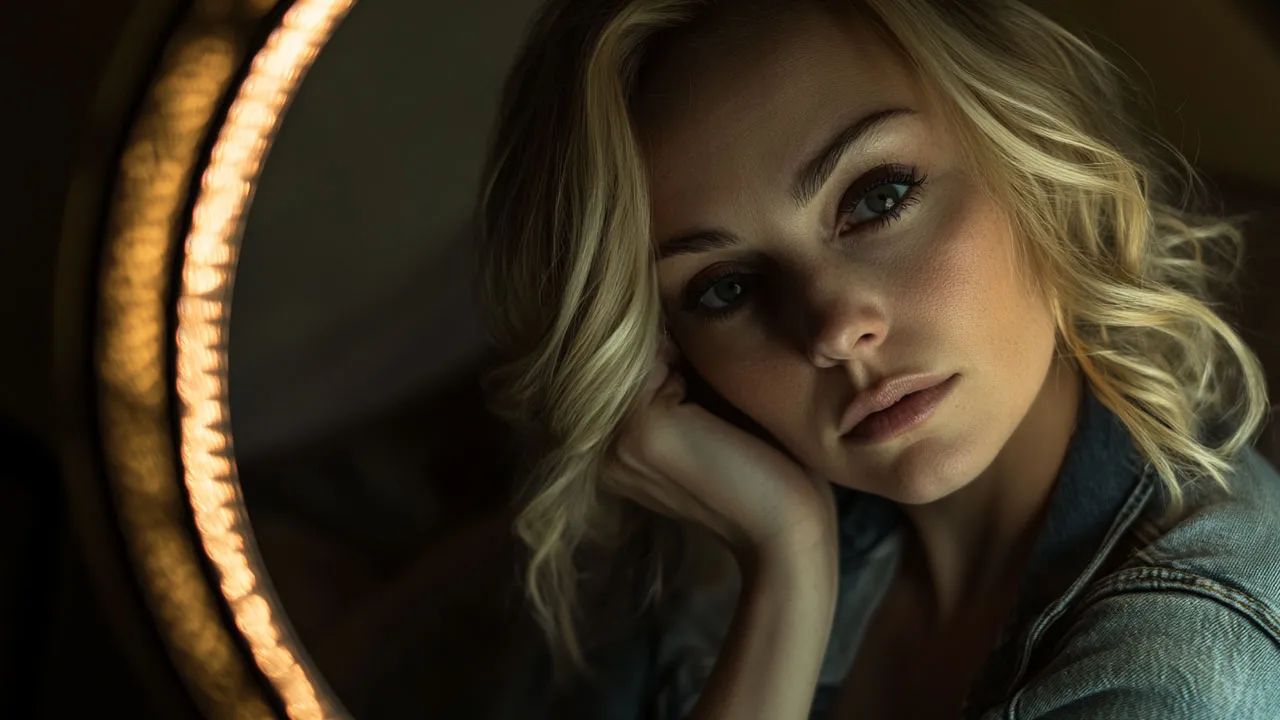Long exposure photography is a captivating technique that allows photographers to capture the beauty of motion over an extended period. This style of photography works by using a slow shutter speed to create stunning images where movement, such as flowing water or light trails, becomes a smooth blur while static objects remain sharp. To achieve the best results, understanding the fundamentals of exposure settings, equipment, and timing is crucial. A tripod is essential for stabilizing the camera during long exposures, ensuring that the still elements in the image are not affected by any movement.
The process of mastering long exposure photography involves choosing the right lighting conditions and planning your shot in advance. Early mornings or late evenings, known as the “golden hour,” offer the ideal soft lighting that enhances the effect of slow shutter speeds. Additionally, a neutral density (ND) filter can help you control the amount of light entering the lens, allowing for longer exposures even in bright daylight. The key to successful long exposure shots is patience and practice, as different scenes require different exposure times to achieve the desired effect.
Incorporating long exposure techniques into your photography portfolio can significantly elevate the artistic quality of your work. Whether you’re photographing urban landscapes, nature scenes, or experimenting with creative light sources, long exposure photography offers limitless opportunities for artistic expression. As you refine your skills, your ability to capture unique and mesmerizing images will grow, further solidifying your position as a versatile and skilled photographer in the digital space. By understanding the technical aspects and practicing regularly, you can create breathtaking shots that stand out in the competitive world of photography.

